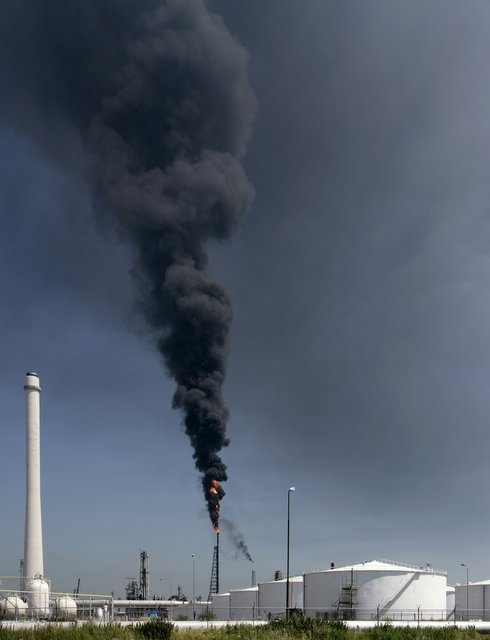The establishment of the town of Tumbler Ridge is an example of a town dependent on a single resource industry. In the mid-1970s, spurred on by Japanese demands for coal energy to fire their steel mills, the British-Columbian provincial government engaged in the Northeast Coal Project (NECP).
It was a megaproject that aimed to develop coal-mining operations in the northeast interior of British Columbia.
In this way, the British-Columbian government introduced industrial development to the region, which would include not just coal mining, but also the development of the infrastructure needed to transport the coal to a Pacific port.
The British-Columbian government invested in this megaproject with the hope of coal prices rising to $100 per ton by the end of the century.
These hopes were dashed, however: by the early 1980s, the global economy was in recession and the demand for steel declined. As a result, the demand for coal declined and so did coal prices.
The Canadian government spent over $1 billion on the Northeast coal project to create jobs. Critics noted that by creating only 1,000 jobs, each job cost taxpayers $1 million.
The coal project ultimately failed.
Source:UArctic









